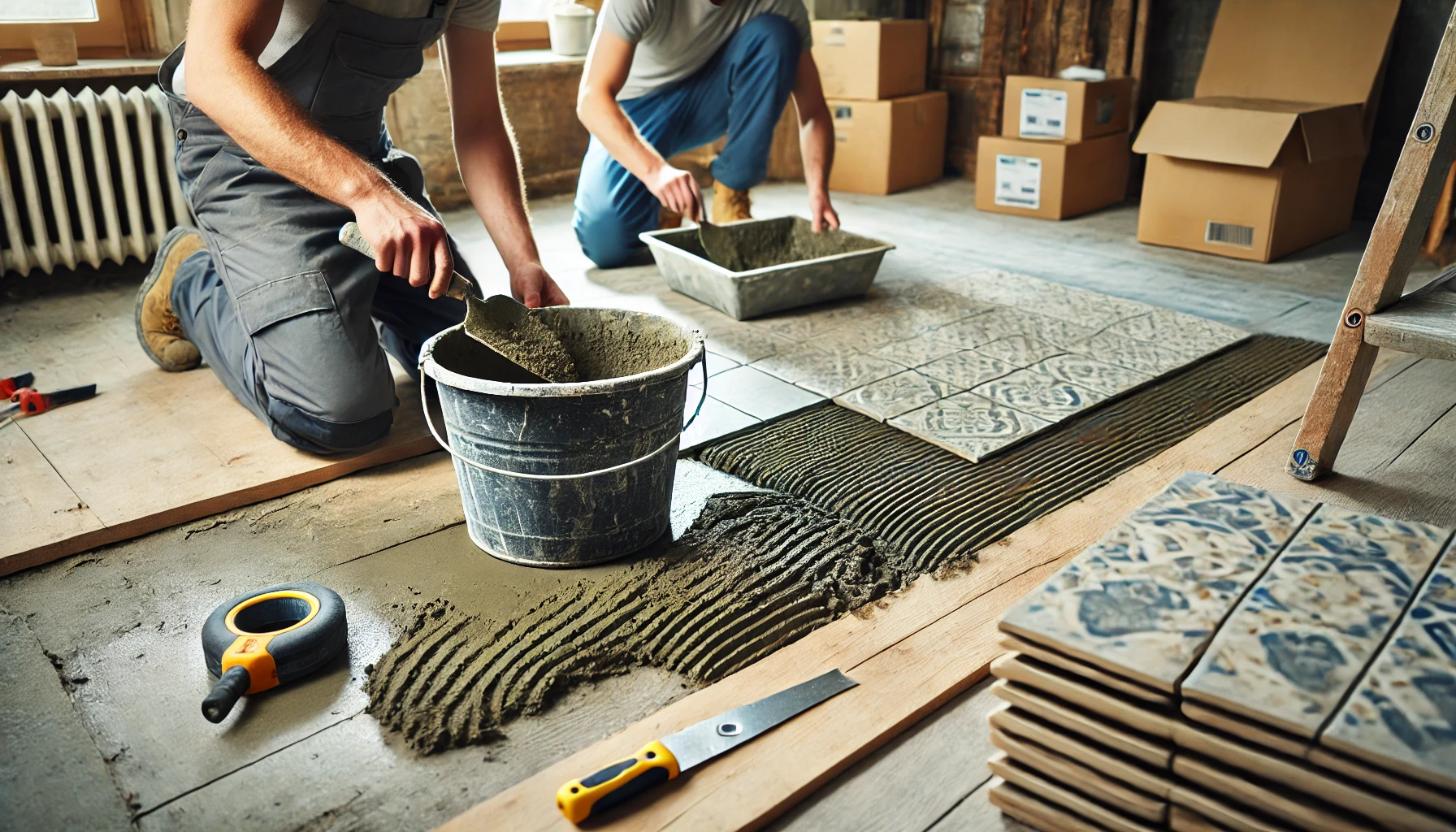Understanding Cement and Adhesive in Tile Installation
When installing tiles, choosing the right bonding material is crucial. Both cement and adhesives play a vital role in ensuring the durability and strength of tile installation. The amount required depends on the tile type, surface area, and application method.
How to Calculate Cement for Tile Installation
For traditional tile fixing using cement, a mixture of sand and cement is used to create a mortar bed. The general recommendation is:
- Floor Tiles: A ratio of 1:4 (cement to sand) is commonly used, requiring around 4-5 kg of cement per square meter.
- Wall Tiles: A thinner layer of mortar is required, with around 3-4 kg of cement per square meter.
How to Calculate Tile Adhesive
Modern tile adhesives provide better flexibility and bonding strength than traditional cement. The amount needed depends on the tile size and the application thickness.
- Small Tiles (up to 300×300 mm): 3-4 kg of adhesive per square meter.
- Large Tiles (600×600 mm and above): 5-6 kg of adhesive per square meter.
- Heavy-duty applications: Use a thicker layer, requiring up to 8 kg per square meter.
Factors Affecting Cement and Adhesive Consumption
The exact amount of cement or adhesive required varies based on several factors:
- Surface Condition: Uneven surfaces require more material to level out.
- Tile Type: Porous tiles may need additional adhesive for better bonding.
- Installation Method: The back-buttering technique increases adhesive consumption.
Choosing the Right Material
Cement-based mortar is ideal for traditional installations, while tile adhesives provide enhanced flexibility and durability, making them suitable for larger tiles and modern construction methods.











